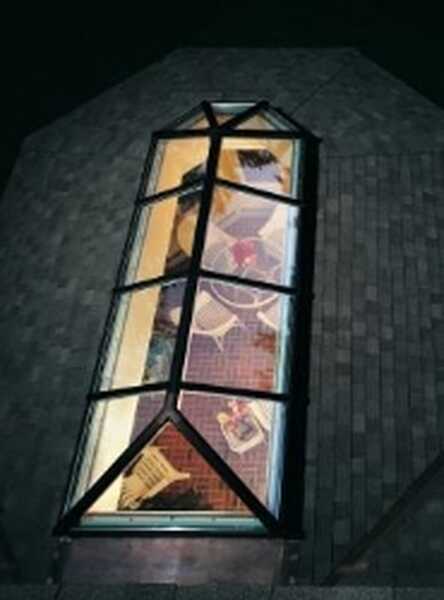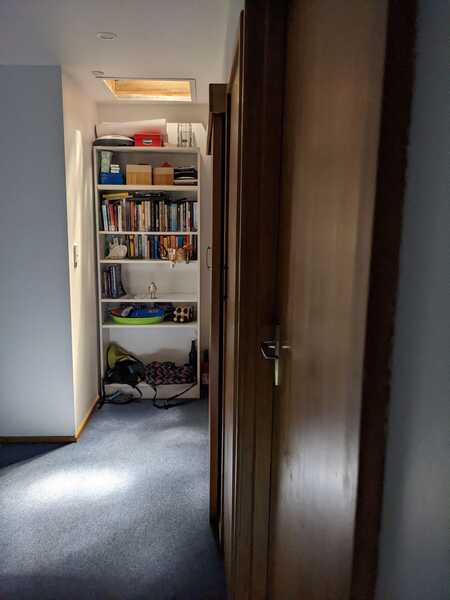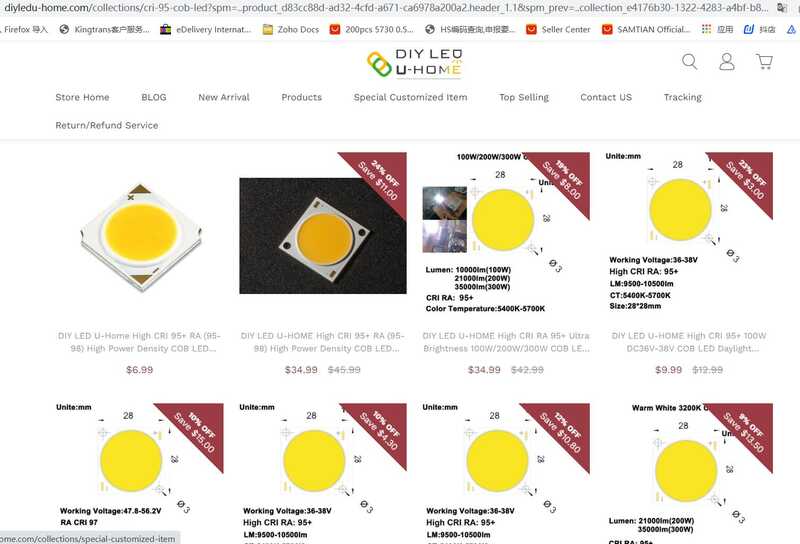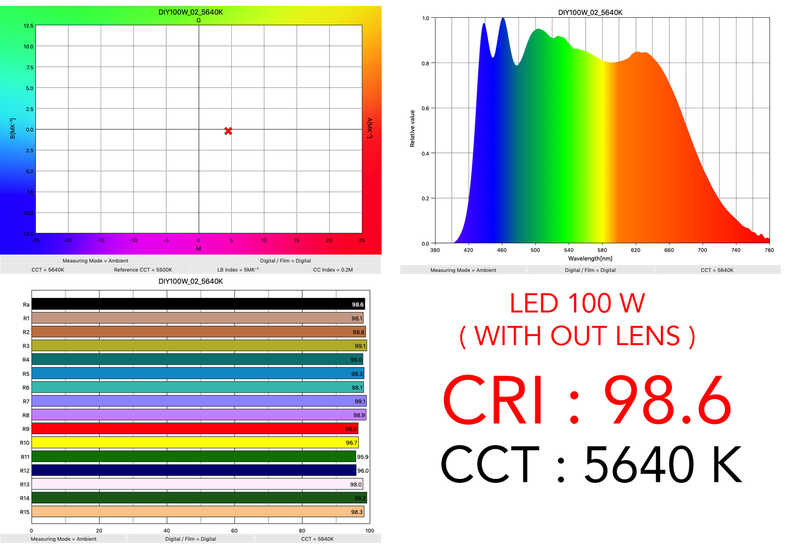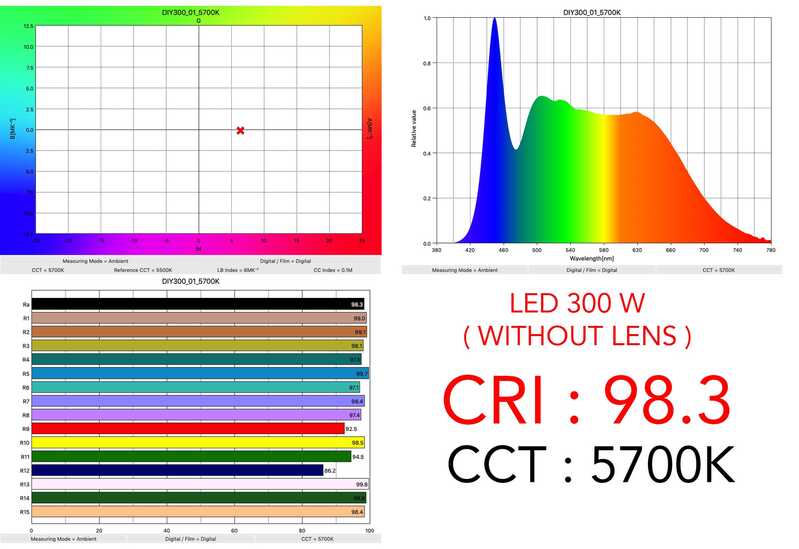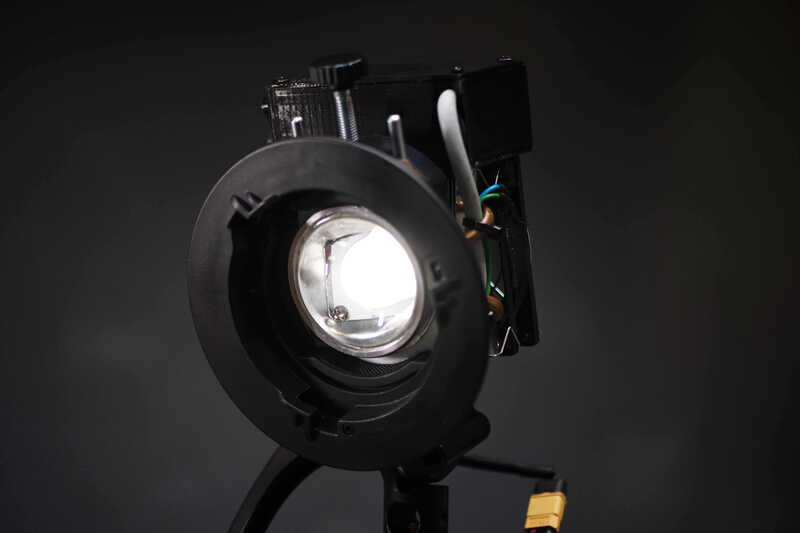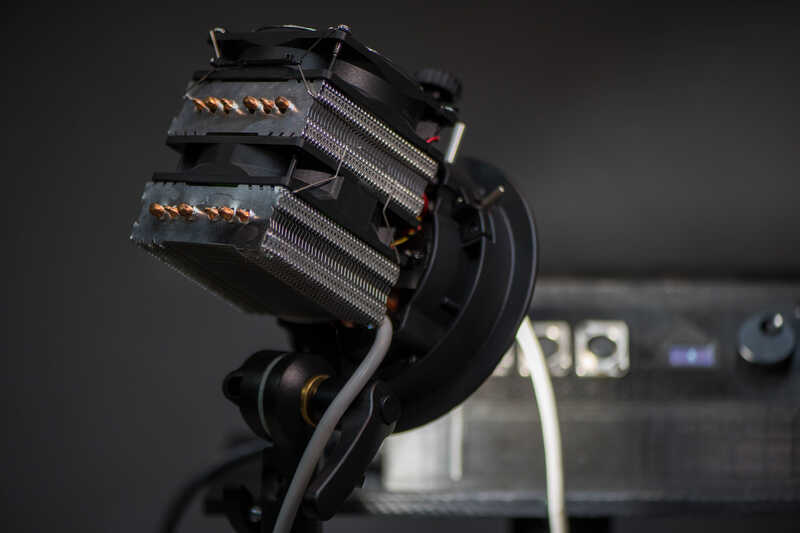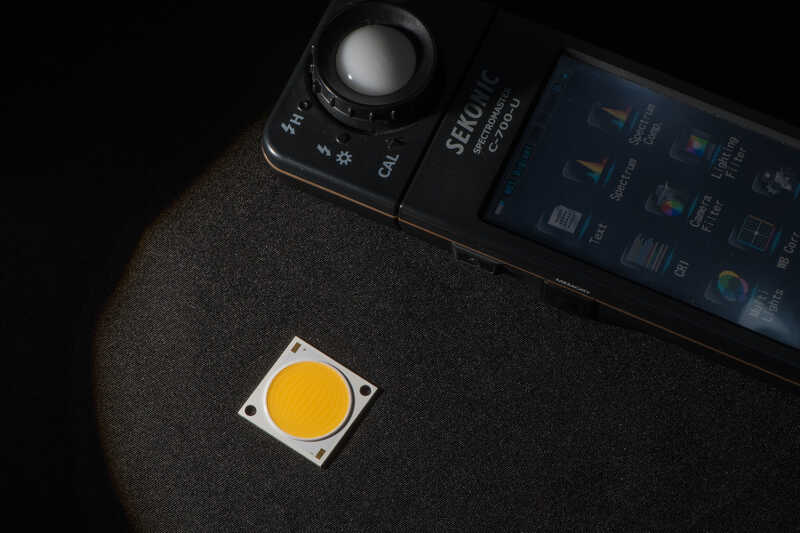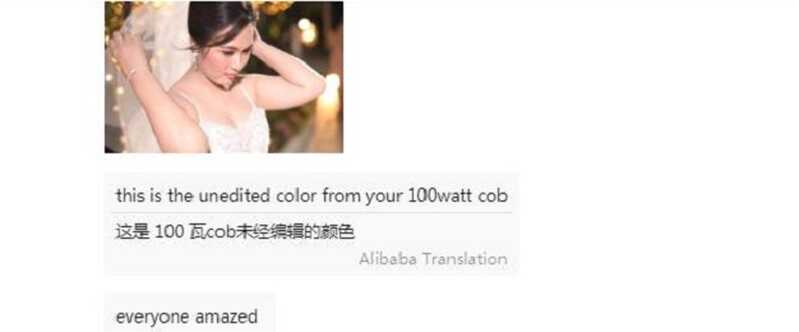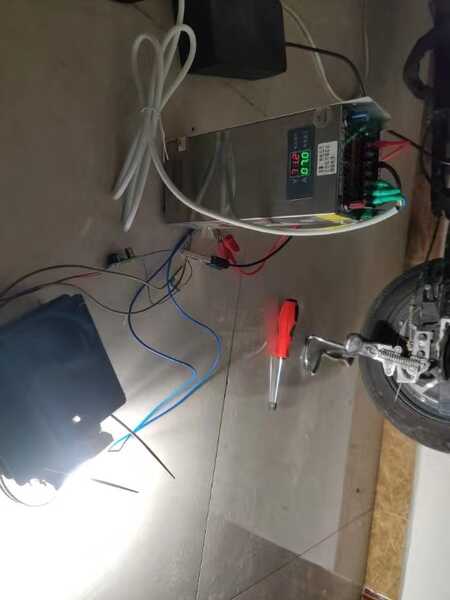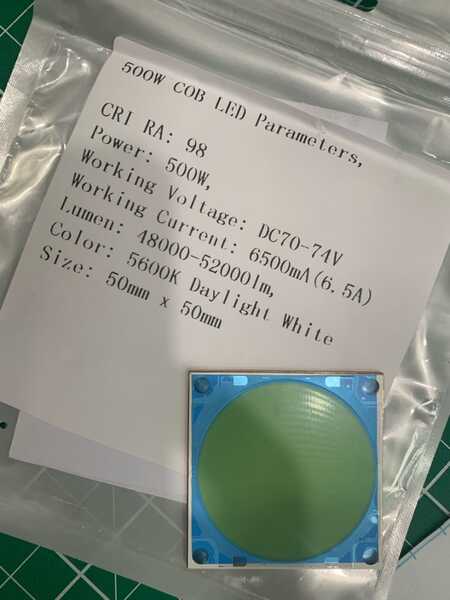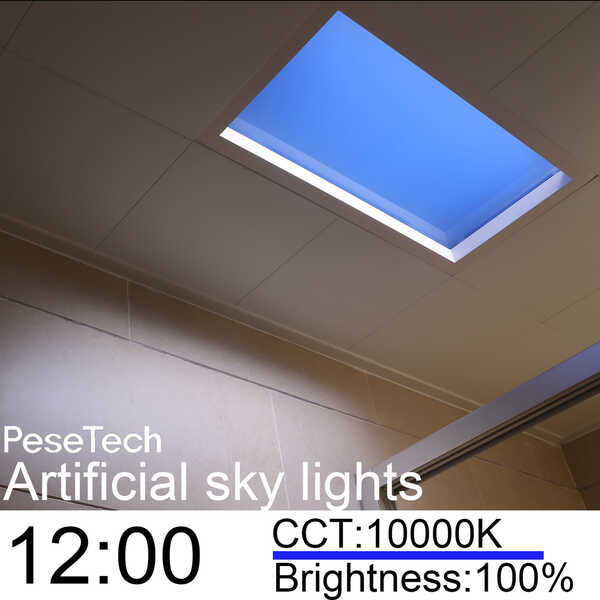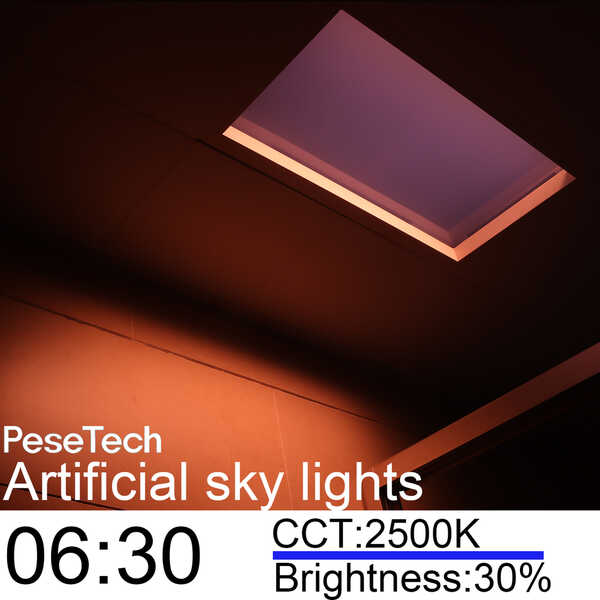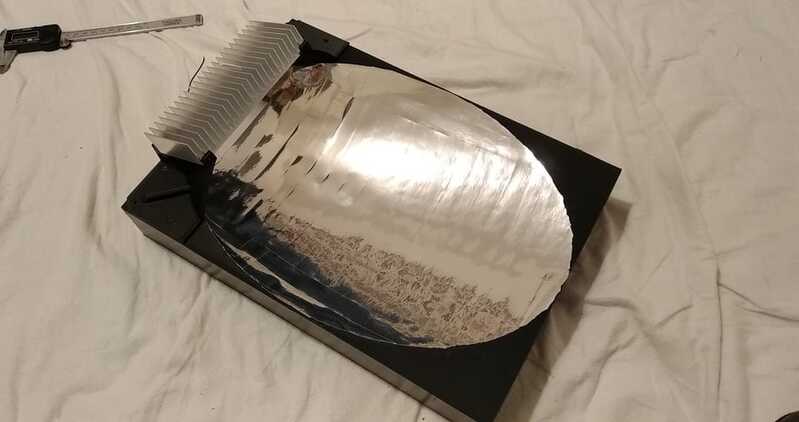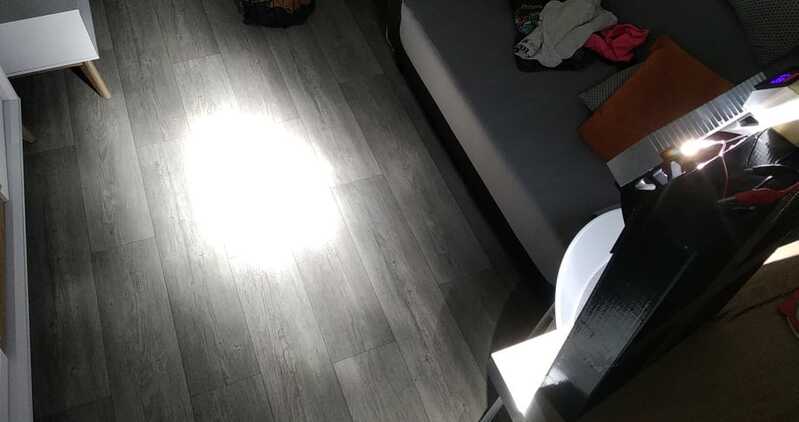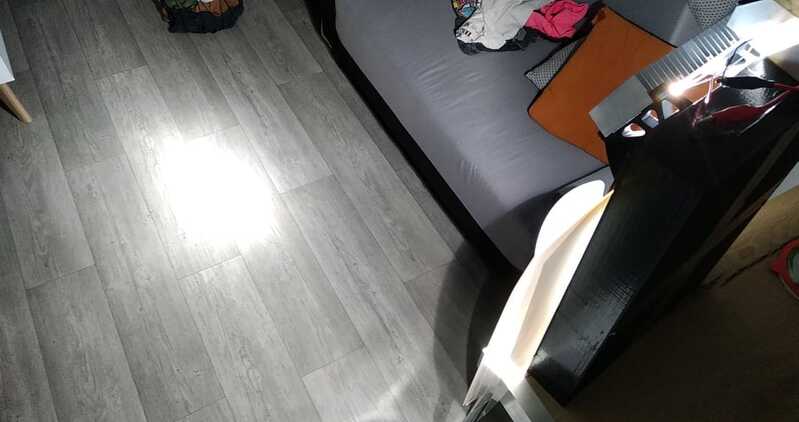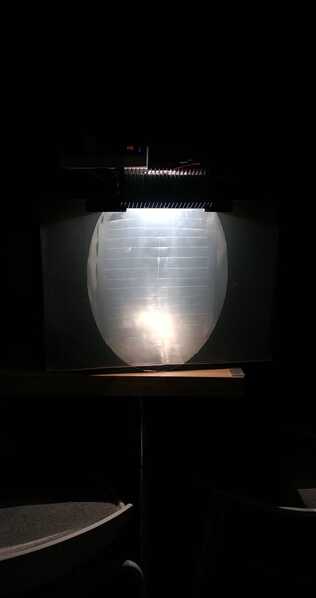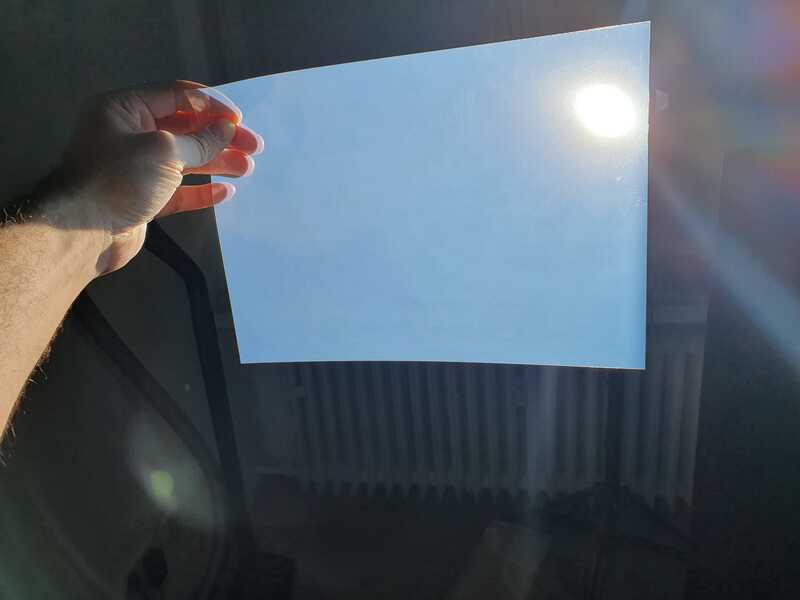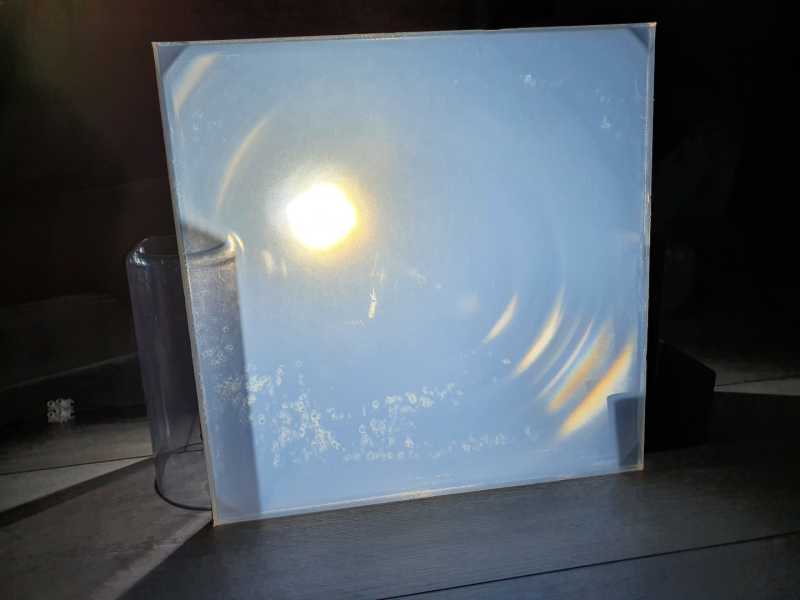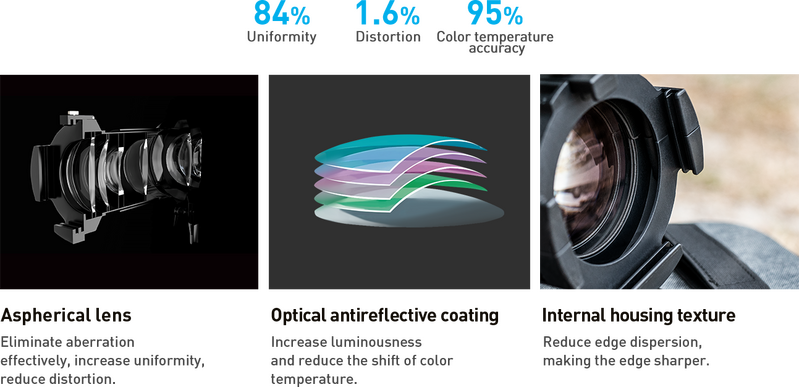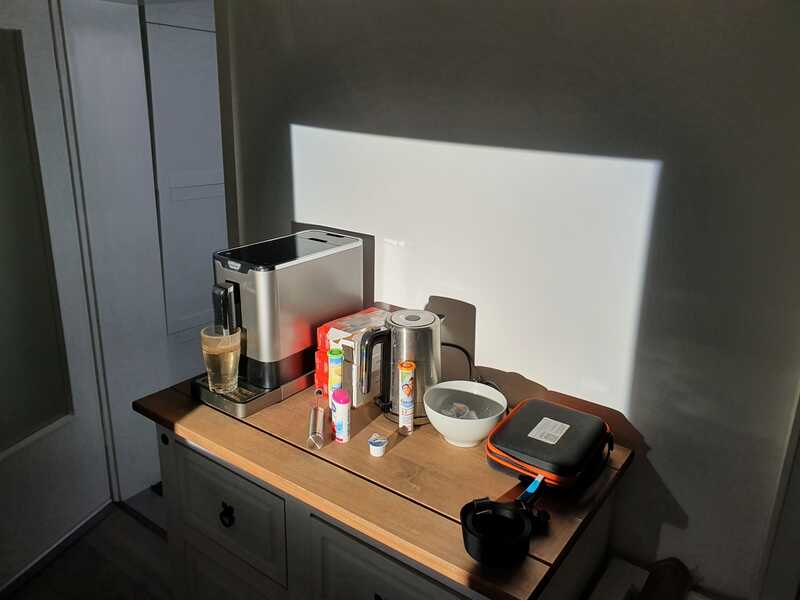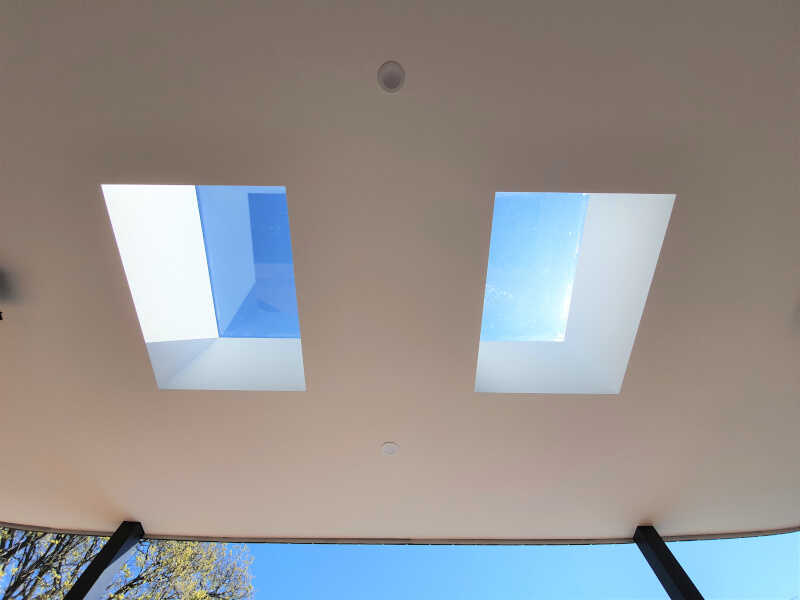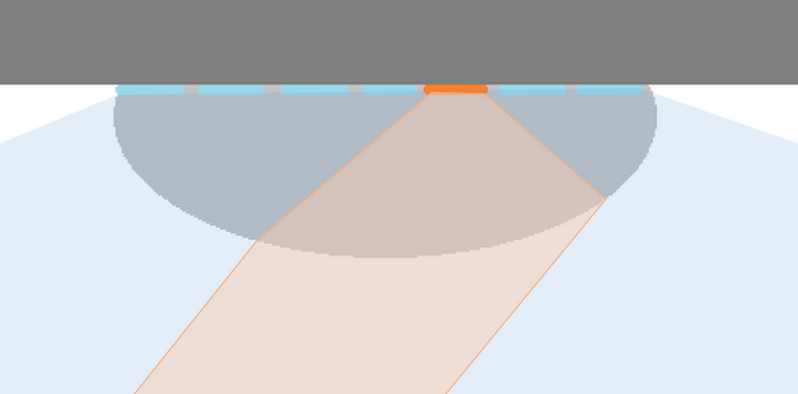@gman156 I have seen reports that Fumed Silica (SiO2) doesn't work well, I think because the refractive index is too low.
I have tried some experiments with Aerogel, which I have read good reports from, but it doesn't work well for me. The particles should be 2-5 nm and it does have blue tint, but blocks far too much light when used in concentrations necessary to be blue enough.
Hi !!
I just stumbled into a youtube video worth sharing in this topic, where the host recreates the tyndall effect with a sort of plastic apparently used for inkjet printers
The effect is quite convincing even if the rays are still not coming from infinity and I plan to use it in my shot at this project (explained in a previous post using a 3d printed parabola and maybe blue dots to diffuse blue light), still this film seems to be easy to find and can be an easy replacement for the aquarium window or titanium/fumed silica nanoparticles that are dangerous and/or hard to work with
have a great day y'all
Life got quite complicated on my end, which is why I dropped out of this conversation, but I glad to drop in and find this project continues to develop.
@nolo, thanks again for all your contributions! And everyone else's as well.
I didn't know there were any companies making this sort of artificial sunlight. After checking out that website you suggested, Yuji Lighting, I did some more Googling, and found that there's dozens of companies making artificial sunlights utilizing Rayleigh scattering and collimation. The other thing they all have in common is that they're selling them prohibitively expensive. And now that we know how the trick is done, we can see that Coelux's offering is absurdly overpriced.
It really makes me appreciate, more and more, the value of our DIY world. A company like Coelux seeks to benefit only their wallets, and when watching their videos, you can see how they gatekeep this technology by making it seem like it's beyond the reach of the common person to be able to understand and replicate their results, requiring $40,000 of expertise and specialized manufacturing to create a single panel.
Good for them for their success. I wish most people could succeed in their living to the degree that they have. But for someone like me, who sees the significant and critical value that this sort of lighting can bring to hundreds of millions of people, those of us stuck having to spend most our time indoors with little or no sunshine, and suffering the consequences of it to our wellbeing, by making this technology more economical and therefore commonplace, I see this project of democratizing this technology as not only fun, but also a noble undertaking.
@diyperks On that note, Matt, I have to say that the warmth, vibrancy and brightness of the light you created in that video perfectly reflects those same qualities in your character. Here's to you, and your work.
I would like to go in further on some of the reasons why I think this lighting is such a big deal, and I would love to hear what you guys think.
First of all, the aesthetic and practical quality of sunlight mimicking lamps (SML) is superior to anything that exist currently for most indoor lighting. This could replace the use of light boxes for treating seasonal affective disorder and circadian rhythm regulation, if the light intensity can deliver 10,000 lux at eye level. But I think we could all agree that even just the look of this light, as Matt has demonstrated is his video, and what I like to call the "Heaven's Gate" effect, is just as relevant to the positive psychological impact this light can deliver.
I can remember being charmed by the light of those lamps that dentist use, whenever I've visited the dentist office, which, now I understand, are parabolic reflectors. They're so soothing.
This sort of light can also function as a cutting edge grow light. As far as I can tell, grow lights never incorporate any measures to collimate the light, which is an odd oversight when you think about it. Growers resort to lowering or raising their lamps to keep them suspended a few inches above the plants, continually adjusting the height as a plant grows. The lamp being just a few inches too high or low is the difference between either losing most of the usable light (even when surrounding the plant in reflective surfaces), or burning the leaves with too much light.
Collimating the light source would make this practice unnecessary, since the light's intensity delivered to a given area remains the same many feet away. 10,000 lux is perfect for any indoor plant. Assuming the CRI rating of the LEDs used are on point, a 40,000 lux light could grow full-sun plants.
All this while also being able to contribute to the ambient lighting of a room in the most power efficient and aesthetically pleasing manner possible.
@orphouille Awesome! Thanks for that contribution, this could be a critical find. Although, maybe you can clarify for me: Recreating the Tyndall effects is also something that I've been very interested in. My understanding is that it describes the appearance of beams of light traveling through clouds of particles like water droplets or dust in the air, where as Rayleigh scattering involves the gasses in the air. What's being reproduced in that video seems to be Rayleigh scattering.
@sunnerai The difference in these two videos is that in first one, while it does create a collimated light source, it doesn't recreate the look of a sunspot, or the blue Rayleigh scattering effect of the sky.
@noah I agree, the color changing effect likely could only be done by using two different color temperature lights in the setup, like those Phillip LED bulbs that change to a warmer color temperature when dimmed. I guess what I was trying to understand is exactly why does the sky change color with the change of the Sun's position, since Rayleigh scattering is also involved in this effect. I was thinking that maybe if we can describe more precisely how this works, maybe that info can be utilized in the design of this SML.
By the way, my goal of cladding an entire ceiling with these light panels has changed to creating faux skylights, lengths of light panels with a glass pyramid style skylight enclosure below it, to further the look of a realistic skylight. Like this-
I've had a quick go building the dish with an off axis satellite TV dish and some reflective film. The collimation wasn't great I guess because my beam just looked like a beam from a recessed LED. I'll try again to find the right spot.
An engineer friend who has experience in optics has suggested that paraffin wax or Teflon sheet might be an easier way to achieve Rayleigh scattering (though he preferred the Teflon as wax wouldn't be stable if it got hot).
He didn't give any suggestion about thickness for the Teflon sheet, but it sounds like it could be a somewhat off-the-shelf alternative to making your own Titanium Dioxide Epoxy filter.
I've attached a photo of my results so far, with the dish mounted above a ceiling manhole. The edge of the beam from the dish was blocked by the edge of the manhole. I was rather hoping to have a straight line shadow from that on the ground like I'd expect if it was sunlight shining through.
We recommend use our high CRI 95+ 100W/200W/300W/500W 28x28mm size COB LED Daylight White 5600K to DIY LED Projector. Here is the link of 95+ COB LED at our DIY LED U-Home Brand store, https://www.diyledu-home.com/collections/cri-95-cob-led?spm=..product_d83cc88d-ad32-4cfd-a671-ca6978a200a2.header_1.1&spm_prev=..collection_e4176b30-1322-4283-a4bf-b8e25dd747a6.collection_detail_1.2
Official Brand Store, diyledu-home.com
Our Tik tok account, @diyleduhome
Our Tik tok store, https://www.tiktok.com/@diyleduhome
Aliexpress store, https://diyledu-home520.aliexpress.com/store/1101410436
Ebay store, https://www.ebay.com/usr/joy-street, or https://www.ebay.com/str/indeedstore01
@orphouille This idea is very good, but he changed the spectrum, and there is a lot of blue light around.
You can watch this video.
@devfoxrocks Check out the video and photos at the link I posted above.
Thanks @devfoxrocks for this huge motivation boost, I hadn't thought this project could have so much applications and the importance of DIY in this (more than in other fields).
To answer your question I had to search the exact difference between the two phenomena on the wikipedia page. The particle size and intensity of the effect seems to be the key here, as the Rayleigh scattering involves really small particles (less than 40nm) and kilometers of gas whereas the Tyndall effect reproduce the "same" result with particle the size of a wavelenght of light (approx 400nm here) and can only need fractions of a milimeter depending on the concentration of these particles. This is however mostly technical jargon and we can stick to "blue sky effect" as it opens for more possible solutions to be used.
I intend to have a first prototype in a few weeks and hopefully some decent results to show (or at least a list of my trials and errors), finger crossed
Just one final word for @noah and @diy-led-u-home I hate to say this but please go easy on your ads here, it is more annoying than helpful and we are here to build a source of artificial sunlight, not buy one. Your knowledge is however valuable for us, so feel free to share it or even discuss future ideas if you IP rules allows it.
Hi !! I made a first prototype using a 3d printed parabola and a ~15W 5000K led from bridgelux
the heatsink on this one is based on really quick calculations, it doesn't even get hot but hey at least it's getting the job done, and my power supply is a simple DIY one based on a buck boost converter.
I managed to get some results from this one but I have mixed feelings about these, the hand shadow test fails very quickly due to the poor mirror quality, and the light is quite dim while very "cold". The pictures looks way better than the reality but here's one.
I also tried to get my hand on transparent printing sheets but I may have made a mistake as the one I got from here don't create any tyndall effect. I may have missed something about these sheets as I never use this type of printing process, if one of you have any insight on this it would be great, as the use of these can also be seen in other forums. Here's the second test I made with several sheets stacked together (got to 10 sheets without any good results)
As you might see the light warms up a little bit but there is no blue diffusion to be seen, the sheets are only absorbing light.
I haven't yet tried to spray blue paint or stick blue things on the parabola to diffuse blue light but I'll try later when the mirror finish and the light intensity problems are solved.
@orphouille I can see you hate ads so much that you didn't see the color temperature data in two of the pictures. What I want to discuss is exactly how to achieve the most realistic artificial daylight. I think the color temperature of the LED with 5000K color temperature is not high enough, because the blue band in the absolute spectrum of the 5000K LED is not enough, which means that the wave that needs to be scattered by the light through the nano-scattering plate becomes limited, which will make the sky Not blue enough. It will be much better to choose 6500K LED. Just choose one color temperature and the color temperature of the sky will remain unchanged, which is actually a very strange thing. So LEDs with two color temperatures are needed. This is exactly what I discussed earlier.
I am glad that this thread is still alive and it seems there are pretty interesting new ideas. Noah is right about the Color temperature of the LED. The blue spectrum of 5000K LED's is too low to produce sufficient rayleigh scattering.
@ orphouille you can just buy a cheap CCT Gel and put in front of the LED to produce more blue wavelenghts and test if the printing sheet works better and scatters more blue. Just search for "Full CT Blue filter". They are available for about 10 bucks. And if it works you can later buy a LED with higher Color temperature such as 6500K.
And thank you for the great finding of the youtube video. The waterproof inkjet foil is very interesting, it may save us from producing the rayleigh scattering sheet by ourselves and buying expensive ultrasonic devices. And thanks to all others participating in this thread.
I have to catch up, but I just wanted everyone to check out this video.
This company has figured out how to create a sunspot in a 10 inch deep panel, and one can cover the whole ceiling with these panels, and yet still see only a single sun spot that will move across all the panels when the viewer walks across the room, just like as if you were seeing the sun in its far position.
They're UK based, but also have headquarters in various locations in North America. I've sent a inquiry regarding pricing, in case one of us wants to order one and reverse engineer. This is the panel that we need to either match or beat (in panel depth) -
@orphouille Glad to find some kindred creatures of light😁.
I have another lighting project I would like to work on soon, involving creating a new kind of string lighting. I might start a kickstarter, since I already found an investor. Though, I'm embarrassed to admit, I need to brush up on my knowledge of patents soon. Its in my queue. Anybody interested in mentoring me, let me know.
Sorry if this is spammy, but it seems interesting and relevant- There's a company working on creating solar panels in space. The idea is that the panels collect sunlight, and beams the infrared portion of the spectrum as a laser, down to ground solar panels, 24/7. Infrared is selected because it experiences the least interference from the atmosphere. No Rayleigh scattering.
Unrelated, the process that creates Rayleigh scattering also creates secondary effect called Raman scattering. Not sure how it works, but the effect is that it polarizes the light.
Update- That video I linked to showcases a light panel by a company called Innerscene. On the plus side, not only is their panel slimmer, they also seem to agree with us that $40,000 is absurd for a modestly sized panel. Unfortunately, what they believe to be reasonable is $15,000 to $21,000. 🤦♂️
If there's something I'm missing here, I'm all ears.
@devfoxrocks I think the price of Innerscene's products is reasonable at 15K-20K. Its optical design is very complex.
You might be right, @noah, and please feel free to DM me with your arguments, but your conclusion remains to be seen for now. Not a single one of us here could make a (seemingly simple) toaster, like what you might find on a store shelf even 70 years ago. It would certainly take $40,000 worth of a single person's time and effort to do this, in regards to acquiring the materials, manufacturing, certification, and engineering knowledge.
Improving the quality of life in a meaningful way, for the most number of people, is what interest me. The fascinating but dystopian aesthetics of modern cities often strikes me quite sharply these days. For example, the increasing prevelance of self-loathing has made common the conclusion that the solution to human stress is some degree of culling of the population, since self loathing leads to the loathing of other. I like to aim higher, to make sanity more commonplace instead.
I would prefer the toaster be priced at $40,000. That's a luxury item. I'm interested in figuring out what it will take to get sunlight mimicking lamps into the dwelling of the most number of people possible, to anyone willing to make one for themselves and their community, with some know how.
@devfoxrocks Because I haven't seen their products, I don't know their specific technical details, but I'm trying to use matrix optics to add a movable fake sun in the blue sky. Like the Tyndall effect.
These waterproof inkjet films surprisingly work very well! No need to buy an Ultrasonic device anymore. This is really a superb and cost effective solution. These films are even available in big rolls with a format of 112 cm by 30 m lenght, which will be suitable for very large DIY blue sky windows. Thanks again @ orphouille for this amazing finding!
I bought A4 sized sheets (20 x 30 cm) to test the effect (price was 17 euros for 20 sheets):
If you compare it to the picture of my DIY Rayleigh scattering sheet, these are very comparable in terms of the bluish tint / amount of scattering. I measured the inkjet film also in the range of 15000 to 20000 Kelvin.
This was my DIY sample made out of epoxy, looks pretty similar and is difficult to produce.
We can also place the inkjet film between two thin sheets of acrylic glass if we want to go with the window instead of mirror route. My future plan is to build a door with a circle window with the inkjet film sandwiched in between and let a LED projector shine through it and illuminate my living room.
Similar to Matt's DIY solution in his video, but with a projector instead of satellite dish and the inkjet film sandwiched between two arylic glasses instead of the "fishtank"with water / soap solution.
The mirror alternative is also very nice and you can hide the LED projector somewhere in the room, brilliant guy who discovered it with the inkjet film and created the sunlit mirror.
I already bought a LED projector consisting of a LED head and a projection attachment:
The efficiency and quality of the projector attachment is amazing, almost zero chromatic abberations.
I bought the small one (very compact and overall only about 40 cm in length) with a 70 Watt LED unit and a 19 degree lens and the brightness is very good and sufficient for a realistic sunlight imitation. The projection attachment has also 4 blades, which allows to form a rectangular or square light pattern instead of a round one, so pretty universal solution.
Surely the satellite dish or parabolic mirror will have no divergence in the light output as it is perfectly collimated, but for me personally it's just too big to be a permanent solution.
Also the efficiency of the projection unit is far better because not much light of the LED chip is lost in comparison with the parabolic mirror. I measured an efficiency of over 60% with the projection attachment, so only about 40% of light is lost due to the glass lenses etc. in the projection attachment, which is very good.
Coelux skylights also are not perfectly collimated as you can read in their technical data sheets. The always have at least 10 - 20 degree divergence.
The most important thing is, that the light creates sharp edges, is bright and not diffuse to create the sunlight effect.
Thanks for the clarification @orphouille. I thought the Tyndall effect described how sunbeams appear, or a beam of laser in the air. But that wasn't correct. You're right, these Rayleigh scattering films are actually Tyndall effect films, because the particles in the film are bigger than those that create Rayleigh scattering, and yet, fortunately for us, both affect the appearance of light the same way.
Although, I bet the larger particles that create the Tyndall effect blocks more light from passing through. I'm curious, now, how much light this inkjet film allows through. Hopefully, at least 90%.
Because of this project, I've been finding myself noticing the sky more often, and noticed a few things I've never noticed before- I prefer the light blue color of the sky when it has a very light film of cloud across it. The blueness of the sky on a very clear day is too much. Like crayon blue. And too uniform and featureless.
I also like when there's an even thicker film of cloud across the sky that is thick enough to make the sky white, but still thin enough that you can see the sun shine through, not overcast. The heat and brightness of full midday sun is too sharp, but with this thin film of cloud, it gives the sun a very pleasant "frosted" look, and also makes it possible to actually look at the sun without it bothering your eyes. And the naturally varying thickness of this hazy film breaks up the otherwise monotonous uniformity across the sky.
I think I'll go for this lighter blue or frosted look in my sunlight mimicking lamp.
Also, clouds look much, much more appealing when the sun lowers enough that the clouds pick up more of a yellow tint! Even when the tint is ever so slight, like creamy white. It brings to mind Monet's paintings. In every painting of his that features clouds, he always colored them this creamy white color.
In fact, a few weeks ago, when there was that thin, white hazy film type sky, and the sun was beginning to go down, the entire sky turned this cream colored. It developing more amber as the evening went on before ending with reds and violets, but the slight cream coloring of the start of the evening was just as impressive.
I think I just don't like plain white clouds. 😆Unfortunately, the drawback of all this "noticing" is that I now find myself a bit unimpressed by a clear, blue day, save for the fact that its not the dreaded overcast day. That dim, featureless white sky. Overcast skies have no redeeming value. Even stormy skys beat them, since they at least feature various shades of silvery gray.
@Nolo Do you think the light panels that Innerscene makes utilize a projector, like the one you're getting?
Why is there so much loss of light? 40% because of the lenses??
@devfoxrocks I have read their patents a while ago and they use some kind of projector. The patents state that they use a very small LED chip, which sits in a tapered light pipe and then is directed through a prism to elongate the focal length and make it possible to fit a collimated light source with a divergence of 2 degrees in such a compact case with a height of just about 25 cm. The design is very different than the projector I use. But at the end all is a calculated optical design which inhibits various form of lenses and other optical elements.
It is doable for a DIYer, but without experience in optical design too hard to do I think. You would really need a lot of time and enthusiasm for something like it to build.
That's why I just bought the projection unit as it is very convinient and not too expensive. And yes, the 40% light loss is due to the several correcting lenses it has inside, which also have an anti reflective coating. A parabolic mirror would need to have a very short focal length (very strong curvature) to collect almost all light of the LED chip. And even then some light will be lost (at least 20% I think). But building such a perfect mirror is really not easy.
Here you can see some details of the projection unit I bought:
As you can see there are several lenses inside.
For what I paid (250 euros) it is a bargain for such a high quality projection attachment lens.
The LED head I bought also costed 220 euros (Nanlite Forza 60B) and has a CCT range from 2700K to 6500K.
This is how the light pattern of the projector looks like (I shut the 4 blades of the projection unit a little bit to project this rectangular shape):
And in this picture the LED is only at 30% brightness, at 100% it's even brighter.
You can also adjust the Focus of the lens by sliding it in and out, so you can have the light pattern very sharp or a bit blurry like in the picture.
There are even bigger projection units available for up to 1000 Watt LED lights, if one wants the ultimate sunlight expierience with very high light output. Maybe in the future I will buy one of those big boys 😆
If I had an own house I would mount such a projector outside of a window, at best a roof window like this
and put the inkjet film on the glass of the window, protected with another acrylic glass sheet on top.
That would give a very realistic sunlight effect at home at any day and time of the year.
@nolo My understanding is that glass reflects about 10% of light, but with anti-reflective coating, it'll only reflect 1% to 2% of light. So if those 4 lenses have anti-reflective coatings, and also I assume they're made with high clarity glass, you should be looking at just around 5% to 10% light loss. What am I missing?
I don't exactly know the answer, but I guess that the light of the LED chip is not fully catched by the glass lenses inside and some of the light just hits the black surroundings inside the projection case. I compared this projection attachement with others available on the market and many are much worse in efficiency.
Coelux skylights like the big model HC45 have an efficiency of only about 14 lumens per Watt and these only have one projector inside in combination with two mirrors to elongate the light path to keep the divergence of the light as low as possible.
The projection attachment does not have only 4 lenses but 7, the left part in the picture shows the lens design, the middle part shows only the discription of the coated lens design. And maybe not all 7 lenses are coated I guess. So I think that this answers why there is a light loss of about 40%.
Hey !!
glad to see you back @nolo and thanks for your testing of these sheets, I may have ordered the wrong technology as mine were really cheap (3-4€ for ten A3 sheets) where did you find them ? I don't really know what to search for, may ask to my local printing shop but if you have a EU friendly link I'm interested.
I also have other "findings" in my 3d printed parabola project :
1) mirror vinyle adhesive sticks poorly to a 3d printed surface due to the high roughness
2) if you use mirror vinyle adhesive, remember to peel the protection layer off x) very obvious but guess who forgot to do this
3) along with a color temperature change, I'll have to buy more powerful leds. I love this project but we'll have to discuss about the power consumption of these devices, as the lighting in a room mainly comes from the light diffused by the wall/objects on which the "sun" shines. This is a very inefficient way to light a room and I'm not fully at ease with the idea of a 100W led per device.
@devfoxrocks I wish you luck in your endeavour, just be sure your patent is apposed to a real innovation and not gatekeeping a technology that other creators could need 😉
In regard to the big laser, infrared is often used as a way to transmit energy with little to no atmospheric perturbations. This is due to the infrared atmospheric window, a dip in the absorbtion spectrum of the atmosphere between 8 and 14 micrometers, and can be used to make sub-ambient cooling paint for example. The rayleigh scattering mainly concerns very short wavelenght in our atmosphere so it is not the main challenge.
I'm pretty impressed by the flat pannels you found, and I think this could be a direction to explore. No need to buy it tho as the working principle is explained in the video, they are using a very fine array of LED covered by this kind of 360° lenticular sheets with different CCT LED for the sky and sun.
This could be done in DIY with the sheets and a PC monitor using pixels as led but please don't do this as the power consumption would be insane and the CRI very bad. The "good" way to do this would be to find the lenticular sheet with the biggest lenses and create an array with high CRI LEDs based on the lenses spacing, or to create the array with smd leds to use this kind of lenses , and put a tyndall effect sheet on top of it.
I'm still impressed by their product because the heat dissipation on this should be insanely hard...
The simplest build seems to be the mirror+sheet+projector with the added benefit of a double light scattering when the light goes from the projector to the mirror and bounces. It sadly does not fit for my application (in a van) so i'll have to continue the hard way.
glad to see you back @nolo and thanks for your testing of these sheets, I may have ordered the wrong technology as mine were really cheap (3-4€ for ten A3 sheets) where did you find them ? I don't really know what to search for, may ask to my local printing shop but if you have a EU friendly link I'm interested.
It's good to know which sheets work; I also plan to get some soon. It seems like it must be (1) waterproof (2) milky and made for silk screening with inkjets.
The guy from the Youtube video recommended this one to me: https://www.aliexpress.com/item/1005001615290256.html
It also looks just like this one, which is much cheaper: https://www.aliexpress.com/item/1005002196093833.html and maybe this works too: https://www.aliexpress.com/item/32316656860.html.

